Digital marketing, as we know it today, is an ever-evolving field that plays a critical role in the business landscape. There are many factors that contributed into the history and evolution of digital marketing. However, its roots are not as recent as one might think. The history of digital marketing spans several decades, marked by technological advancements and shifts in consumer behavior. This blog explores the fascinating journey of digital marketing, from its inception to its current state, and looks at how it has transformed the way businesses connect with their audiences.
Table of Contents
1. The Birth of the Internet: The Foundation of Digital Marketing
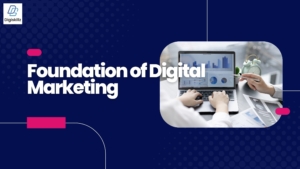
The history and evolution of digital marketing begins with the advent of the internet in the late 20th century. The internet’s public availability in the early 1990s marked the beginning of a new era in communication and commerce. Tim Berners-Lee’s creation of the World Wide Web in 1989 provided the foundation for digital marketing by making information accessible to a global audience. This was the starting point for businesses to reach out to potential customers in ways that were previously unimaginable.
The early 1990s also saw the rise of search engines like Archie and Gopher, which laid the groundwork for search engine optimization (SEO), a cornerstone of digital marketing. As more users came online, businesses began to recognize the potential of the internet for marketing purposes.
2. The Rise of Search Engines and SEO
The mid-1990s was a pivotal period for history and evolution of digital marketing. The launch of search engines like Yahoo! in 1994 and Google in 1998 revolutionized how people accessed information. These search engines became gateways to the internet, and businesses quickly realized the importance of appearing on search engine results pages (SERPs).
This realization gave birth to SEO, a set of strategies designed to improve a website’s visibility in search engine results. Initially, SEO was a relatively straightforward process, involving keyword stuffing and basic metadata optimization. However, as search engines became more sophisticated, SEO evolved into a complex discipline that requires a deep understanding of algorithms, content quality, and user intent.
3. The Emergence of Email Marketing

While the internet was still in its infancy, email emerged as one of the first digital marketing tools. The first mass email campaign was sent by Gary Thuerk, a marketing manager at Digital Equipment Corporation, in 1978. Although this early attempt was not well-received and led to what we now know as “spam,” it paved the way for email marketing as a legitimate strategy.
By the mid-1990s, in history and evolution of digital marketing, email became a common communication tool, and businesses began to harness its potential for marketing. The introduction of HTML emails allowed for more visually appealing and engaging content, making email marketing an essential component of digital marketing strategies.
4. The Dot-Com Boom and the Rise of E-Commerce

The late 1990s history and evolution of digital marketing witnessed the dot-com boom, a period of rapid growth in the online economy. Businesses, large and small, rushed to establish an online presence, leading to the proliferation of websites and online stores. E-commerce giants like Amazon and eBay, founded in 1994 and 1995 respectively, demonstrated the immense potential of online sales.
This boom also led to the development of online advertising models in history and evolution of digital marketing . Banner ads, which first appeared on HotWired in 1994, became a popular way for businesses to promote their products and services. However, the lack of targeting capabilities and the intrusive nature of these ads often led to low engagement rates. This became a major event in the history and evolution of digital marketing.
5. The Advent of Social Media and the Birth of Content Marketing Essentials
The early 2000s history and evolution of digital marketing marked the rise of social media platforms, which would forever change the history and evolution of digital marketing landscape. The launch of LinkedIn in 2002, MySpace in 2003, and Facebook in 2004 introduced new ways for businesses to connect with consumers and played a great role in evolution of digital marketing. Social media platforms provided businesses with the ability to engage with their audiences in real time, creating opportunities for more personalized and interactive marketing strategies.
Around the same time, content marketing began to gain traction. As search engines became more focused on delivering high-quality content to users, businesses started to invest in creating valuable, informative, and engaging content to attract and retain customers. The phrase “content is king,” popularized by Bill Gates in 1996, became a guiding principle for digital marketers.
6. The Mobile Revolution and the Rise of Data-Driven Marketing
The late 2000s and early 2010s history and evolution of digital marketing saw the advent of smartphones, leading to the mobile revolution. With more people accessing the internet via mobile devices, businesses had to adapt their digital marketing strategies to cater to mobile users. This shift led to the development of mobile-friendly websites, apps, and responsive design.
The mobile revolution also ushered in the evolution of digital marketing. With the rise of analytics tools, businesses could now track and measure user behavior with unprecedented precision. This data allowed marketers to make informed decisions, optimize campaigns, and deliver highly targeted content to specific audiences.
7. The Present and Future of Digital Marketing
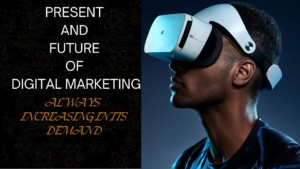
Today, digital marketing is a dynamic and multifaceted discipline that encompasses a wide range of strategies, from social media marketing and influencer partnerships to search engine marketing (SEM) and programmatic advertising. The integration of artificial intelligence (AI) and machine learning has further transformed the field, enabling predictive analytics, personalized content, and automation.
As we look to the future, the evolution of digital marketing shows signs of increasing in its demand. The rise of new technologies like augmented reality (AR), virtual reality (VR), and blockchain will likely lead to new marketing strategies and opportunities. Additionally, the increasing importance of data privacy and ethical marketing will shape the way businesses engage with their audiences.
Conclusion for history and evolution of digital marketing
The history and evolution of digital marketing is a testament to the power of innovation and adaptation. From the early days of the internet to the present, digital marketing has continuously evolved to meet the changing needs and behaviors of consumers. As technology continues to advance, businesses must stay agile and embrace new strategies to remain competitive in the ever-changing digital landscape. The journey of digital marketing is far from over, and the future promises even more exciting developments in this dynamic field.



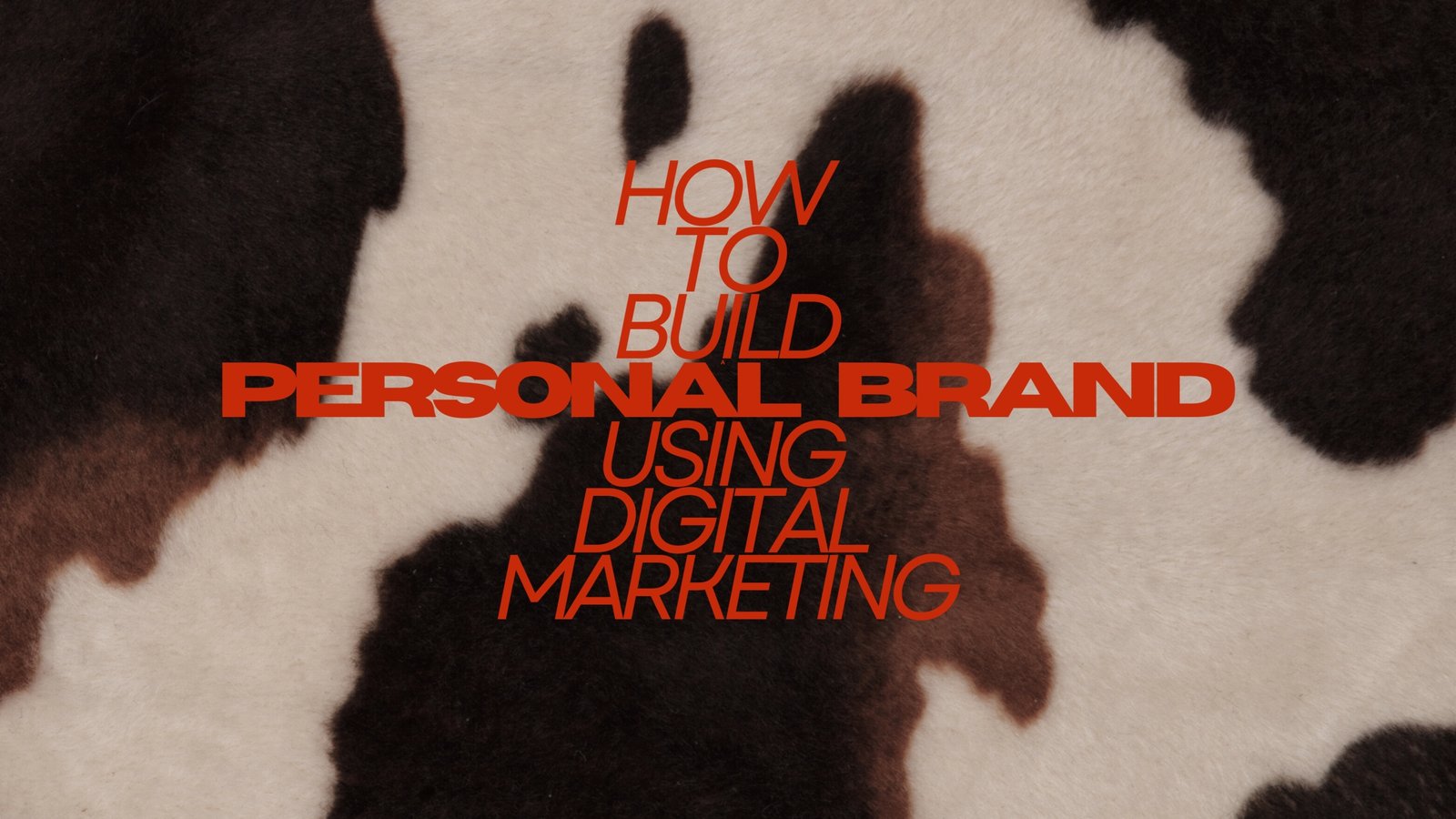
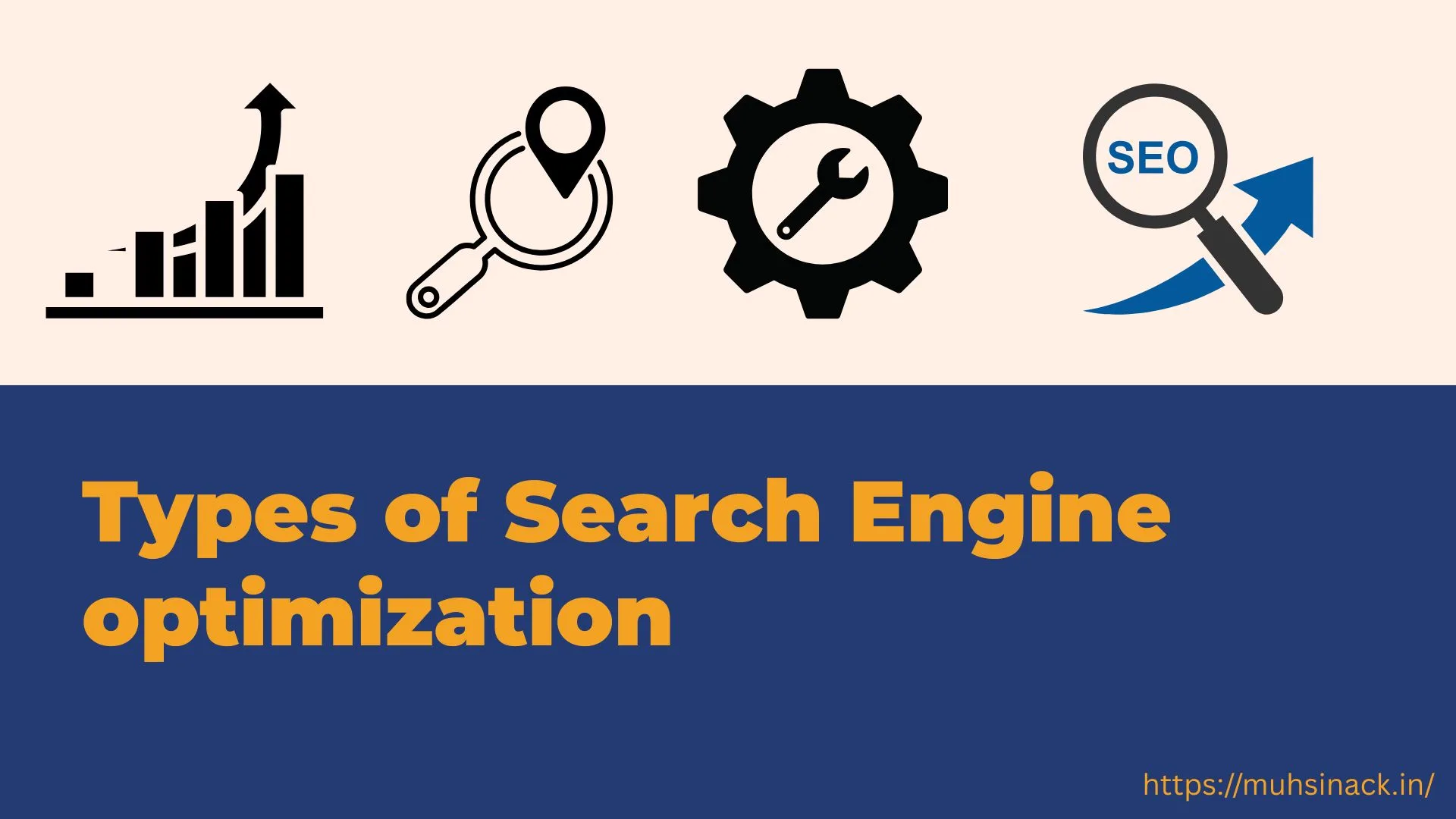

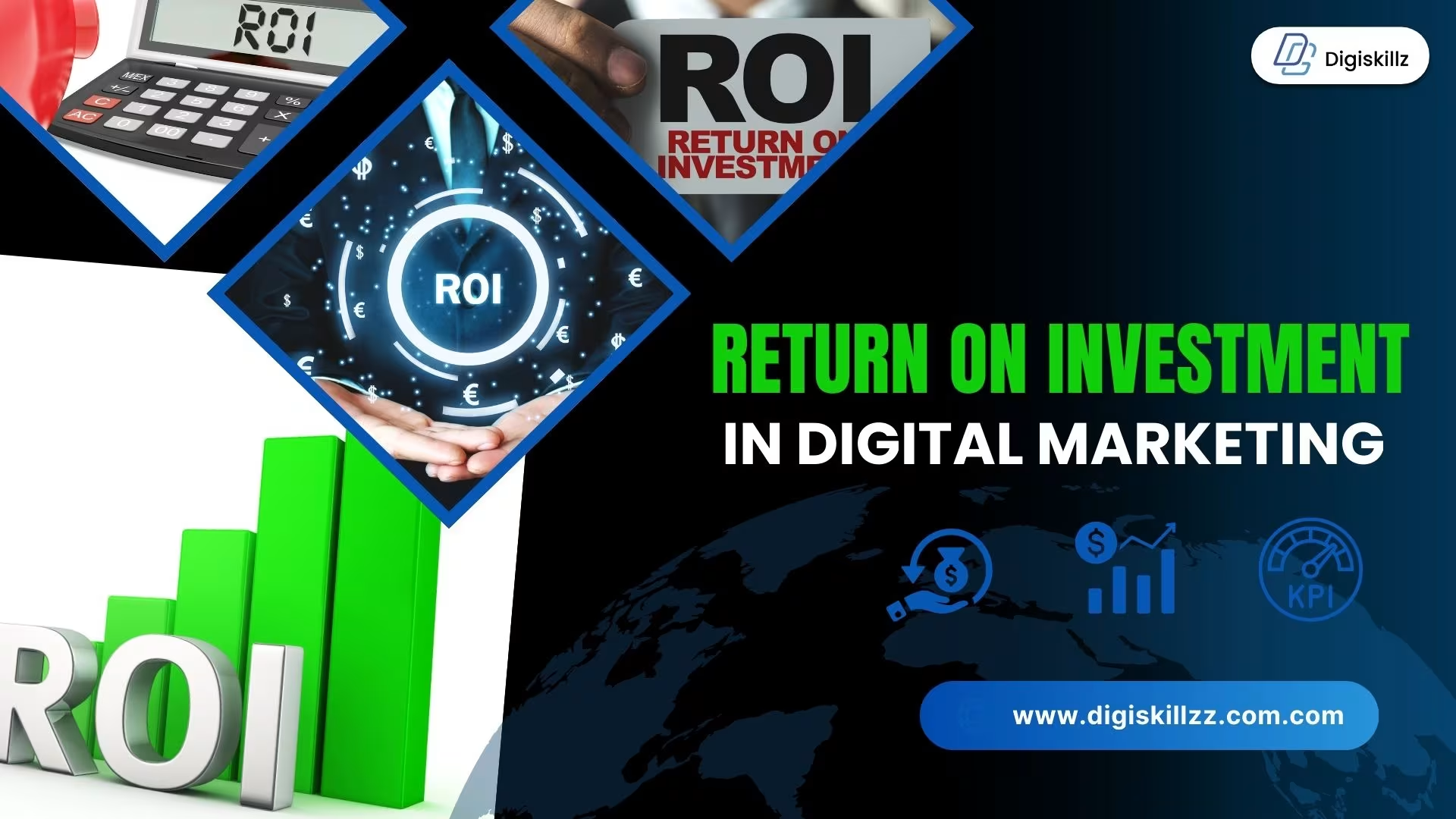


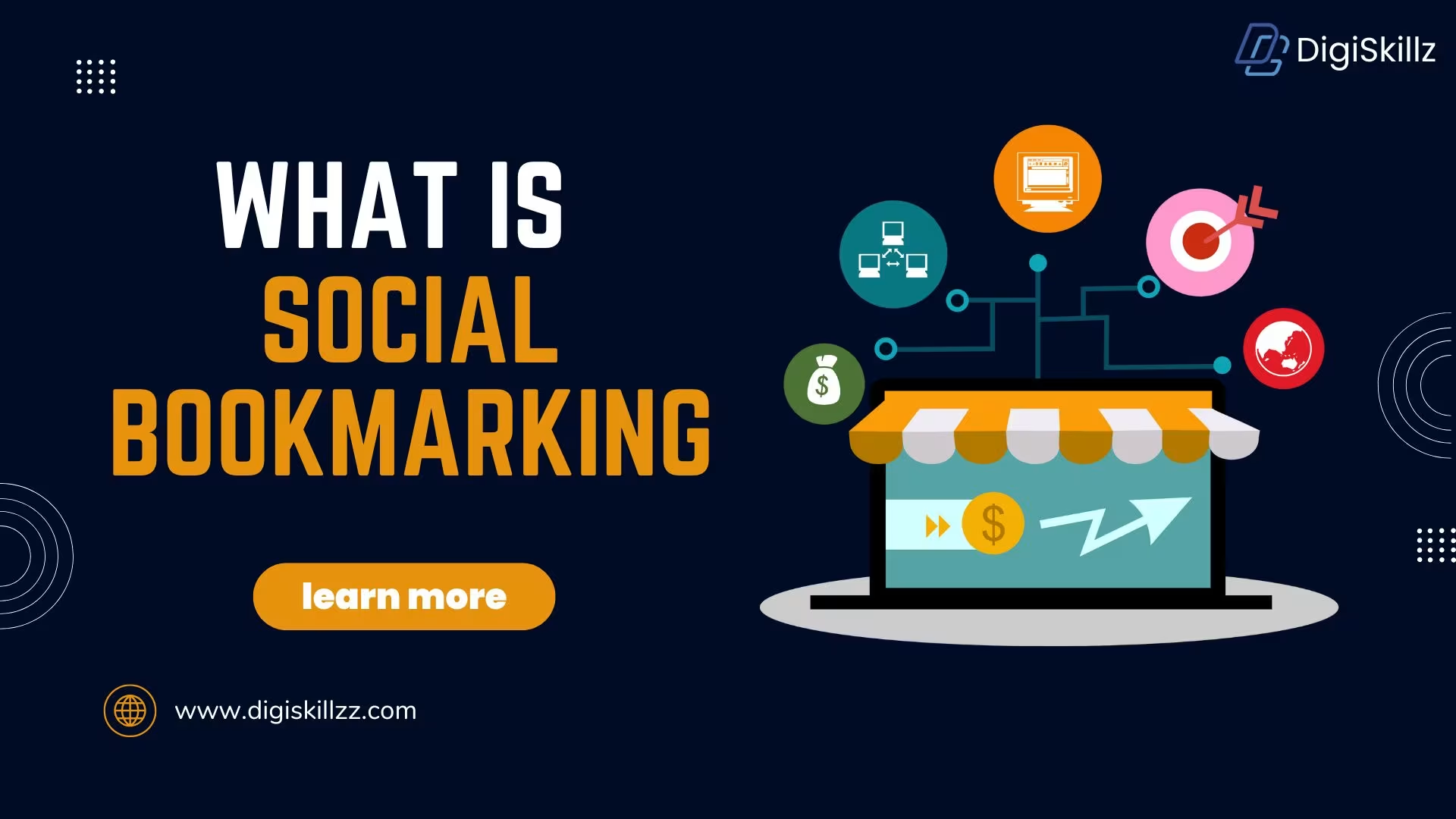
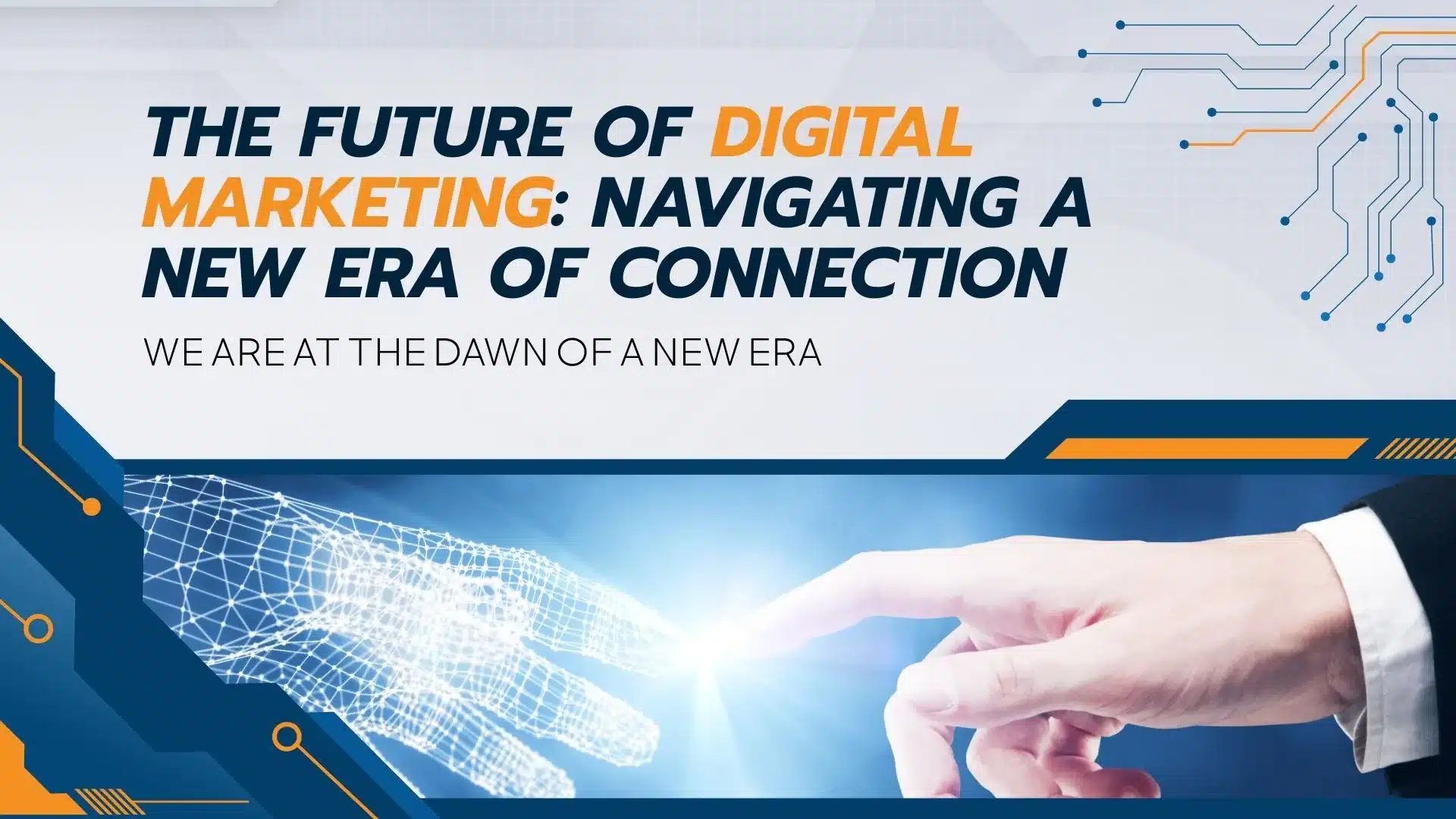
Leave A Comment